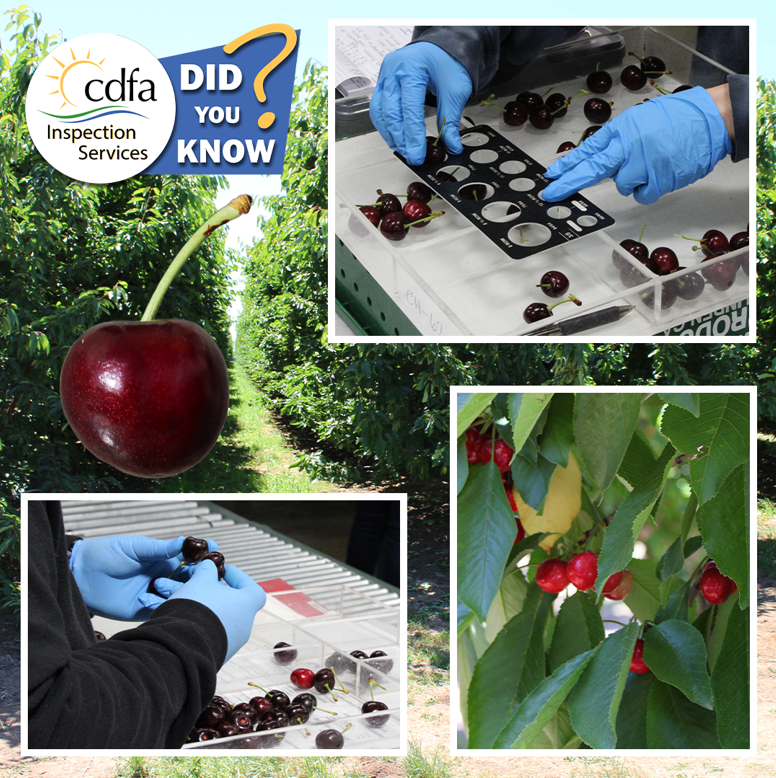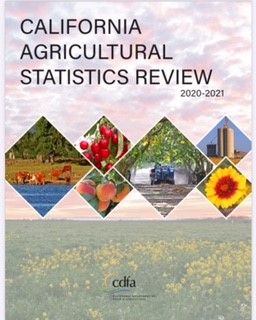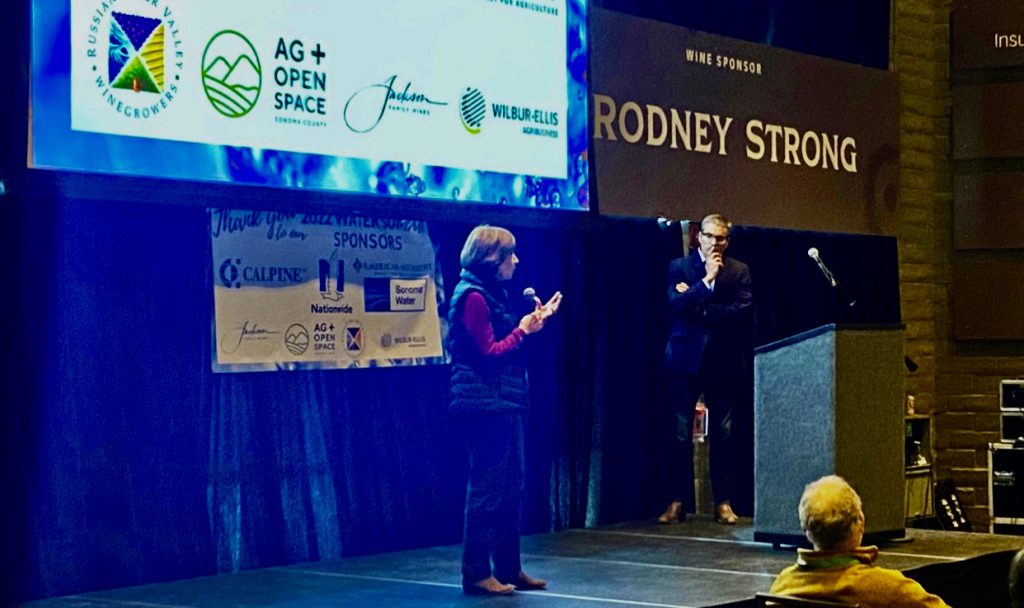The annual California Agricultural Statistics Review has been released and is available on the following webpage: https://www.cdfa.ca.gov/Statistics/. This publication provides comprehensive data and information on California’s diverse agricultural economy for the 2020 crop year, including agricultural exports and organic production.
In 2020, California’s farms, ranches and plant nurseries earned $49.1 billion in cash receipts, which was down 3.3 percent from the prior year. California’s revenue was led by the dairy industry, followed by almonds, grapes and pistachios.
California agricultural exports totaled $20.8 billion in value, which was 2.8 percent lower than 2019. However, California continues to lead the nation in agricultural exports. In 2020, California exported approximately 32 percent of its agricultural production by volume. California is the nation’s sole exporter of many agricultural products, supplying 99 percent or more of almonds, artichokes, dates, figs, garlic, kiwifruit, olives and olive oil, pistachios, prunes, raisins, table grapes, tomatoes for processing, and walnuts.
California organic product sales totaled more than $11.9 billion in 2020, an increase of 14 percent from the prior year. Organic production site acreage increased 6 percent to just under 2.2 million acres in the state. California accounts for 36 percent of all organic production in the U.S.
California remained the leading state in cash farm receipts in 2020 with combined commodities representing 13.7 percent of the U.S. total. Over a third of the country’s vegetables and two-thirds of the country’s fruits and nuts are grown in California. California’s top-10 valued commodities for the 2020 crop year are:
- Milk and Cream $7,466,612,000
- Almonds $5,619,930,000
- Grapes $4,481,297,000
- Pistachios $2,873,750,000
- Cattle and Calves $2,737,342,000
- Lettuce, all $2,275,284,000
- Berries, all Strawberries $1,989,170,000
- Tomatoes, all $1,197,026,000
- Floriculture $967,206,000
- Walnuts $957,700,000
Note: A comprehensive report for the 2021 crop year will be assembled in late 2022. Data on California’s Top 10 Agricultural Commodities are reported and updated each August.






